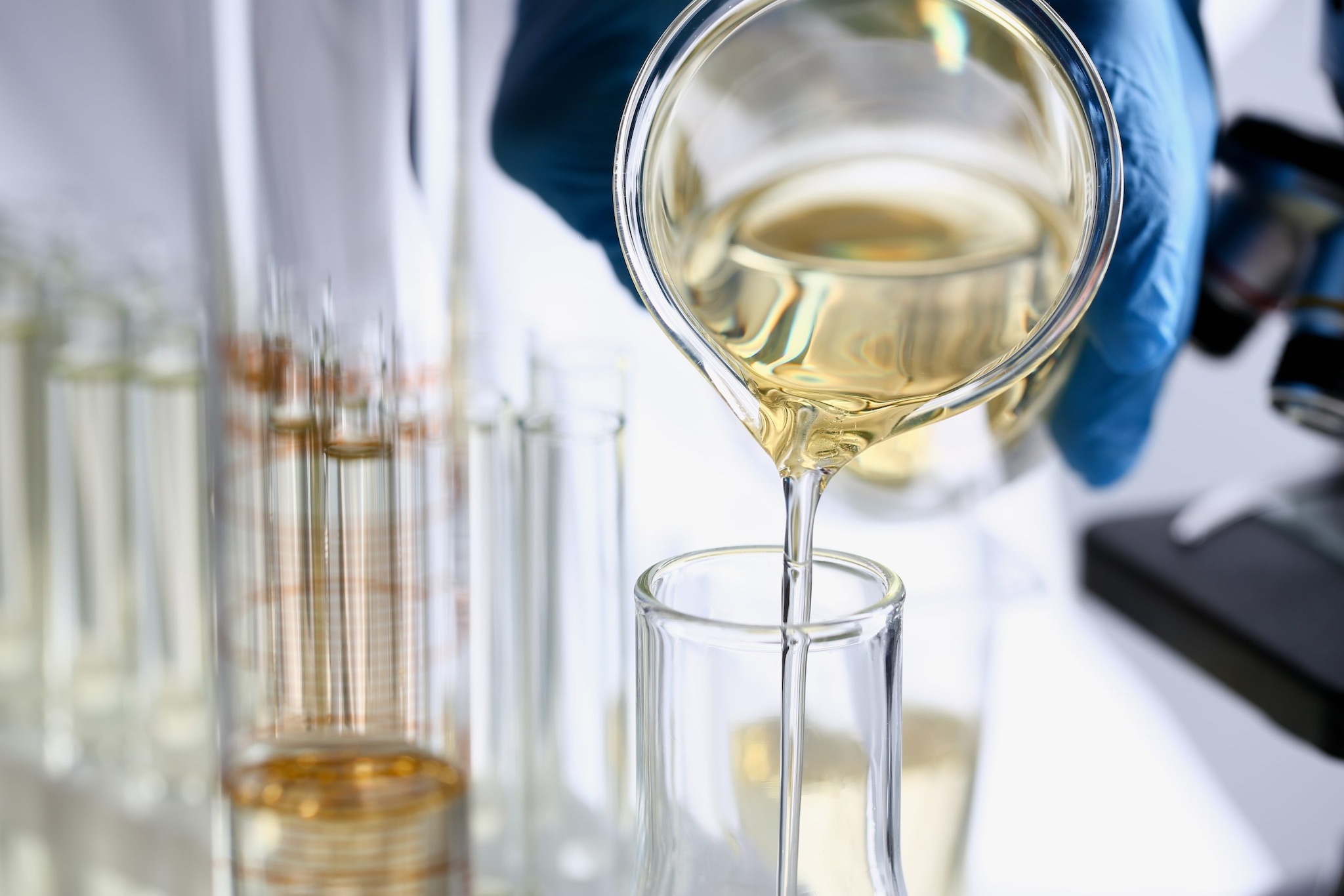At a glance
- Chemical levels in urine are reported per volume and per gram of creatinine to account for urine dilution.
- Serum levels of lipophilic compounds are reported per gram of total lipid and per whole weight of serum, reflecting their concentration in body fat. Other chemicals in serum are expressed per liter.
- Hemoglobin adducts are expressed in nanomoles or picomoles per gram of blood hemoglobin.

Overview
For chemicals measured in urine, levels are presented per volume of urine and per gram of creatinine. Urinary levels are expressed both ways in the literature and used for different purposes. Levels per gram of creatinine (i.e., creatinine corrected) adjust for urine dilution. For example, a person who drinks more fluids than another person will likely have a higher, but more dilute, urine output. Interpretation of creatinine-corrected results should also recognize that creatinine correction can partially adjust for differences in lean body mass or renal function among persons. Children and young adolescents typically have less muscle mass than adults. Because muscle is an important source of creatinine in urine, children have lower urinary creatinine concentrations than do adults. The lower urine creatinine concentration can result in higher creatinine-corrected results in children in comparison with adults.
For dioxins, furans, PCBs, and organochlorine pesticides, serum levels are presented per gram of total lipid and per whole weight of serum. These compounds are lipophilic and concentrate in the body's lipid stores, including the lipid in serum. Serum levels reported per gram of total lipid reflect the amount of these compounds stored in body fat. Serum levels per whole weight of serum are also included for easier comparison with studies investigating exposure to these chemicals that reported levels in these units. Other, mostly non-lipophilic chemicals, measured in serum are expressed per liter of serum (e.g., micrograms per liter). Hemoglobin adducts are expressed in nanomoles or picomoles per gram of blood hemoglobin.
Results are reported in standard units, generally conforming to those most commonly used in biomonitoring measurements. The table below shows some useful unit conversions.
Unit
Abbreviation
Value
liter
L
deciliter
dL
10-1 liters
milliliter
mL
10-3 liters
gram
g
milligram
mg
10-3 grams
microgram
µg
10-6 grams
nanogram
ng
10-9 grams
picogram
pg
10-12 grams
femtogram
fg
10-15 grams
